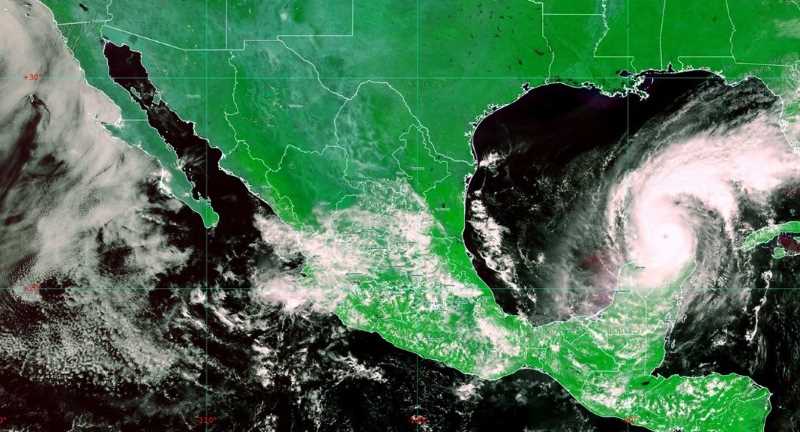Hurricane Milton Leaves Yucatán and Campeche Largely Unscathed
Hurricane Milton made landfall in Yucatán with minimal damage. Over 6,000 people were evacuated to shelters. The Mérida International Airport reopened at 9 AM. Public transportation is expected to resume by midday.

On Tuesday, October 8, President Claudia Sheinbaum Pardo, along with Joaquín Díaz Mena, governor of Yucatán, convened a briefing to review the impact of Hurricane "Milton" on the region. As one of the most powerful hurricanes of the season, "Milton" barreled through the Yucatán Peninsula as a Category 4 storm, posing a significant threat to coastal areas. However, initial reports from state authorities suggest that the damage, though considerable, is not as severe as feared.
Joaquín Díaz Mena, in a statement at the People's Morning Conference, reassured the public by announcing a "clean balance" in the aftermath of the hurricane’s passage. While Hurricane "Milton" remains a formidable force, still swirling 120 kilometers off the coast of Dzilam de Bravo, Yucatán has thus far avoided major catastrophe. The hurricane, which continues to move eastward toward Florida at a rate of 15 kilometers per hour, is expected to maintain its strength as it brushes past the coastal region of San Felipe and Ría Lagartos later today.




